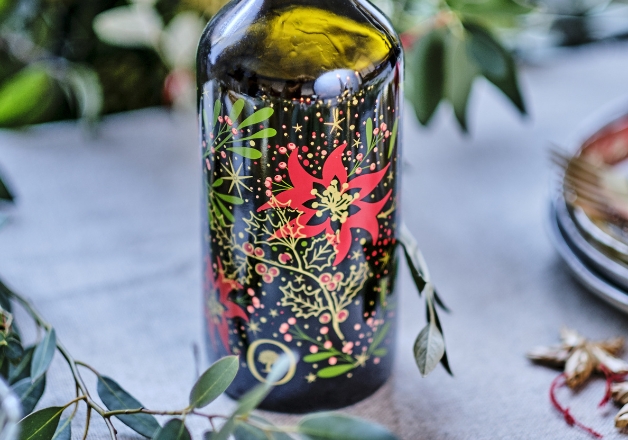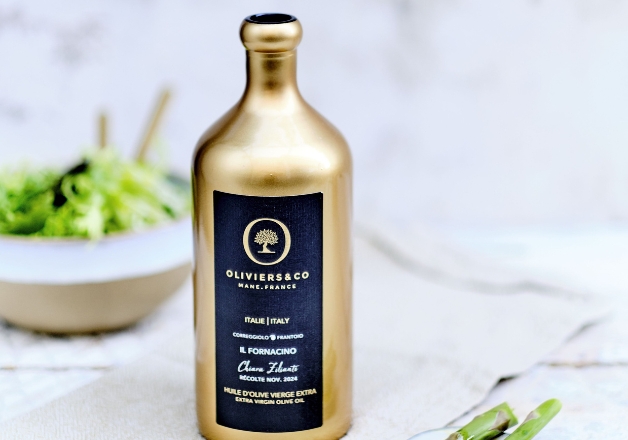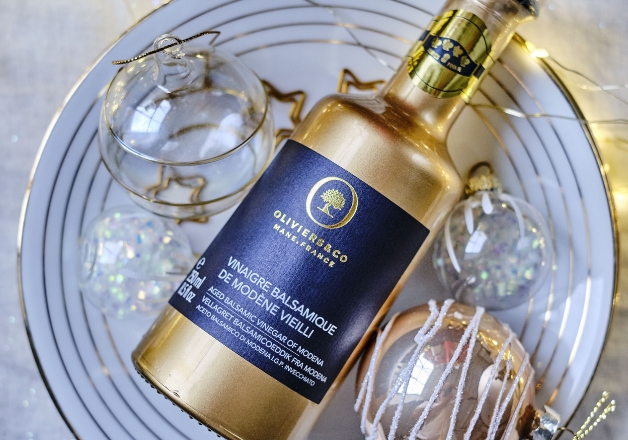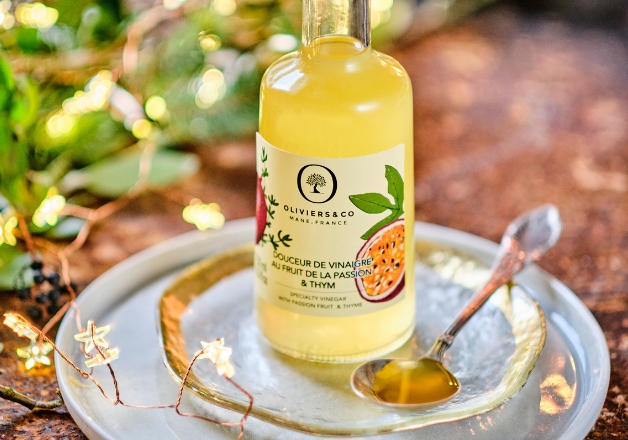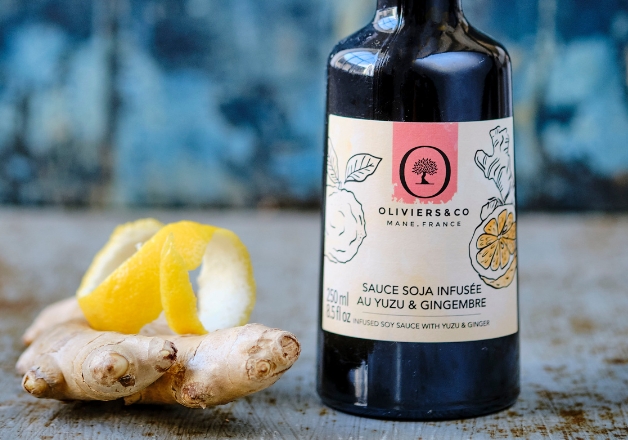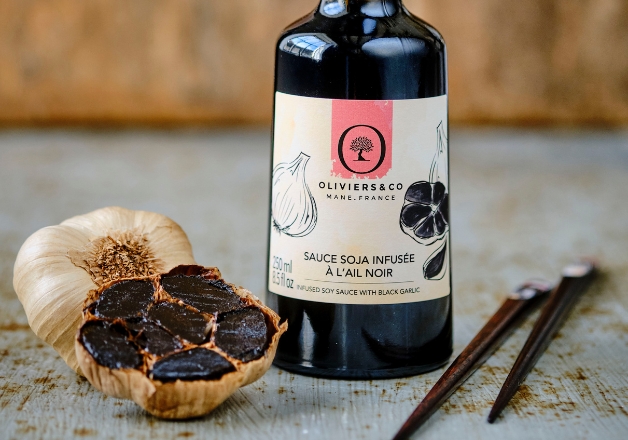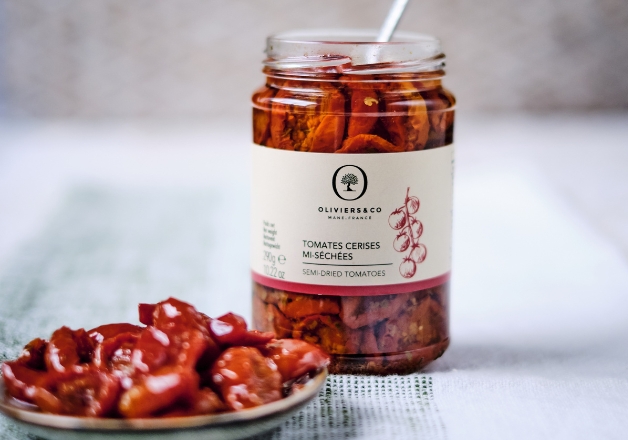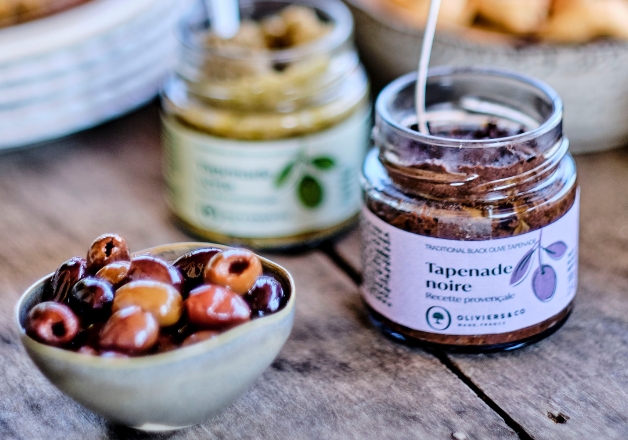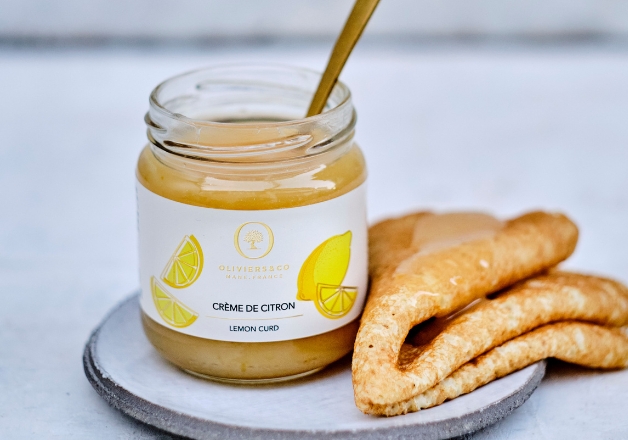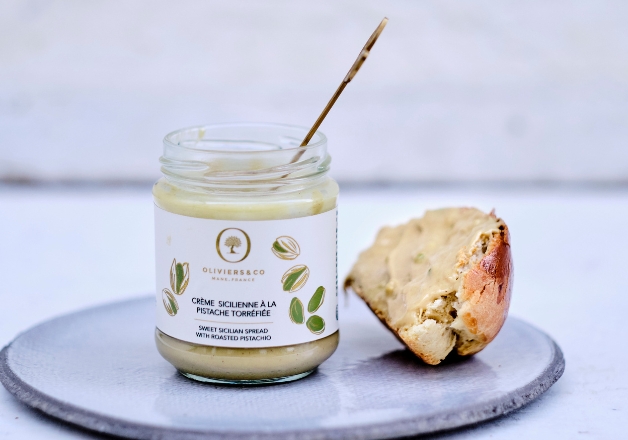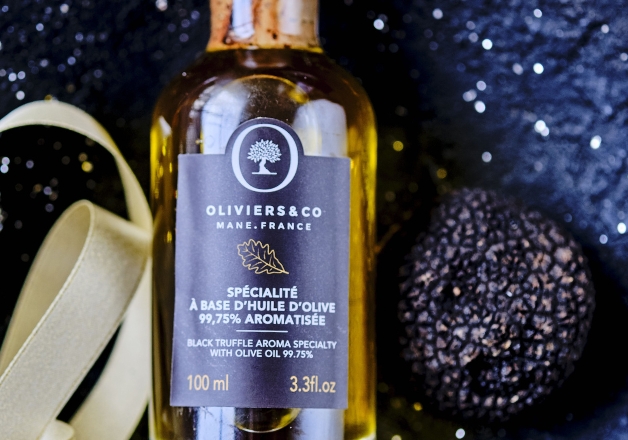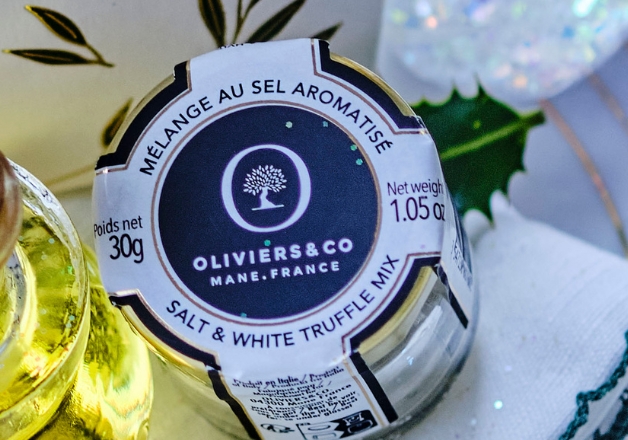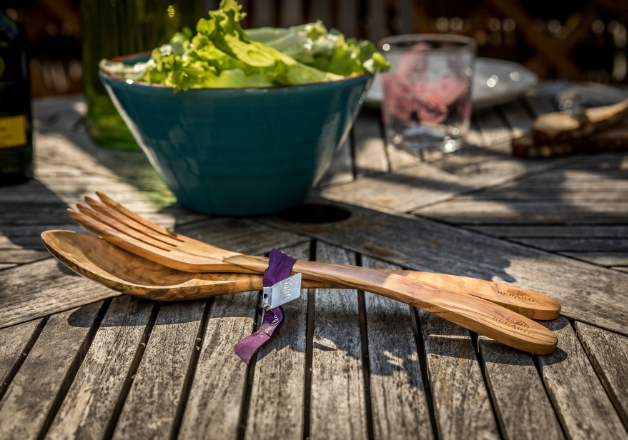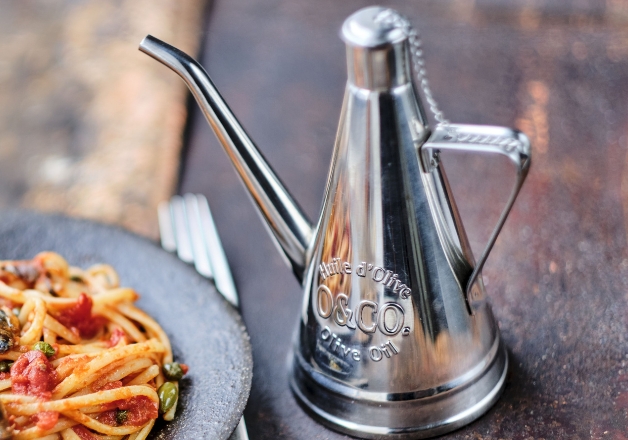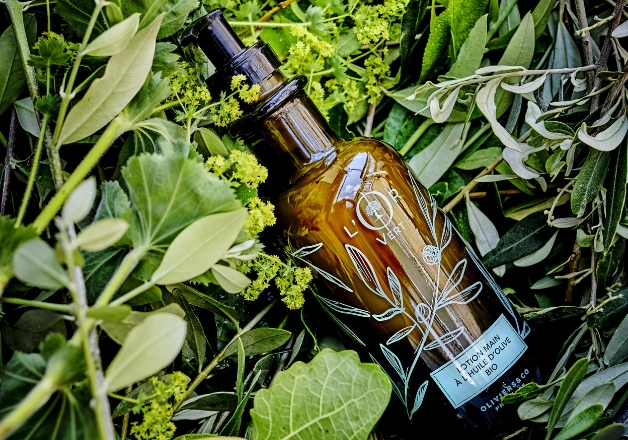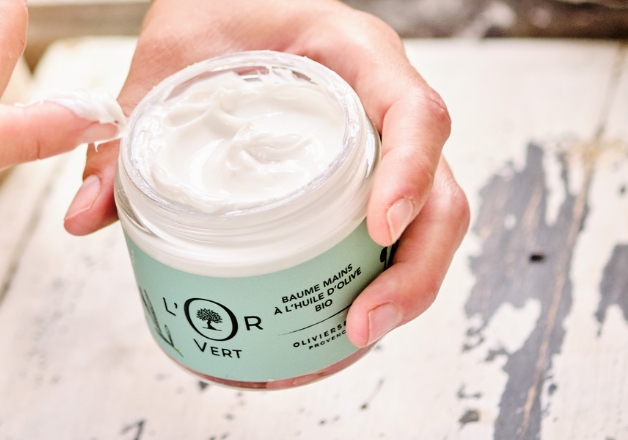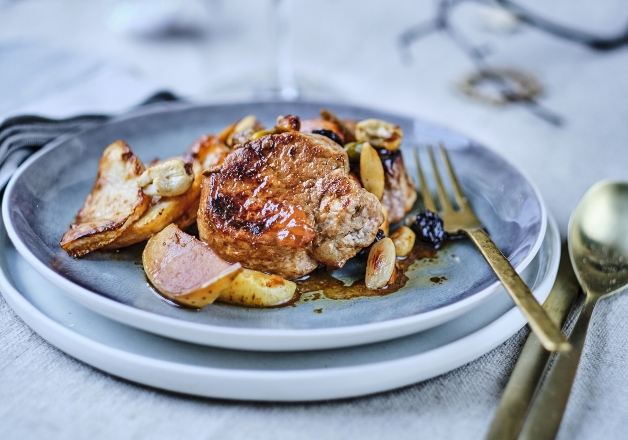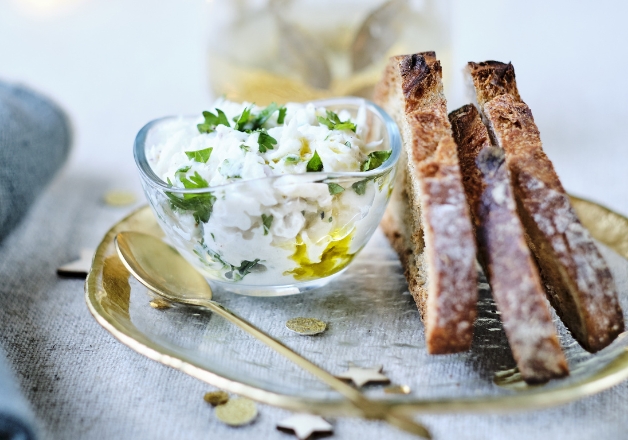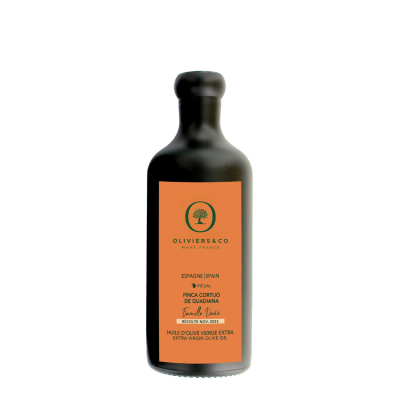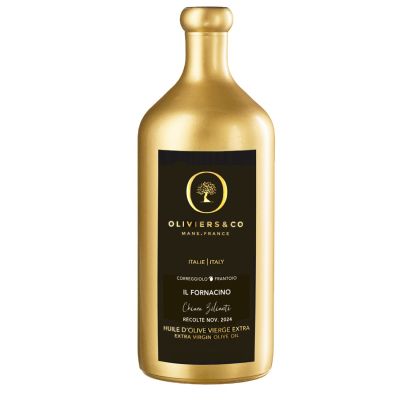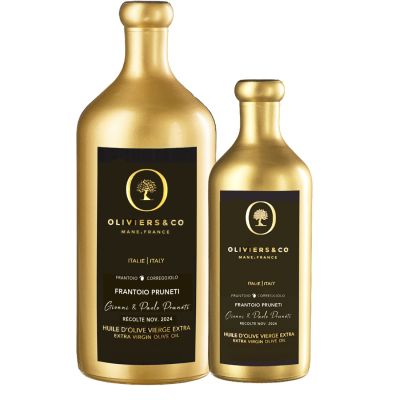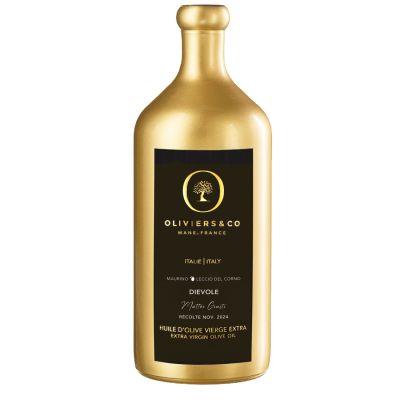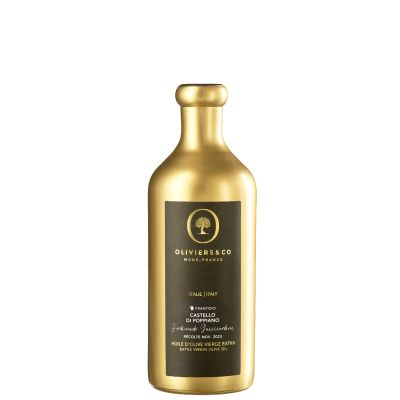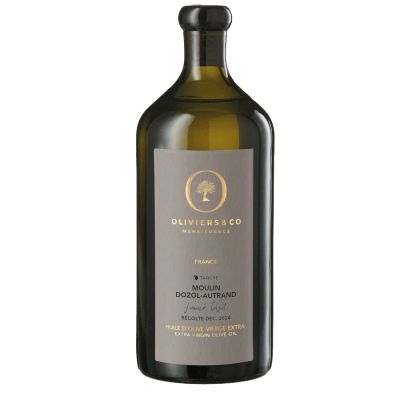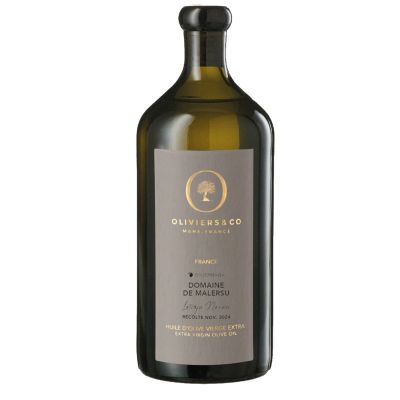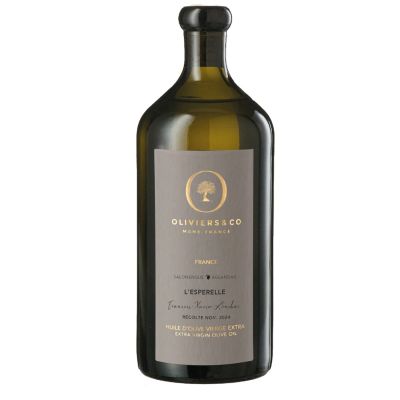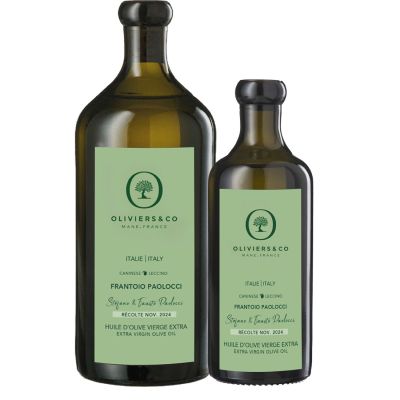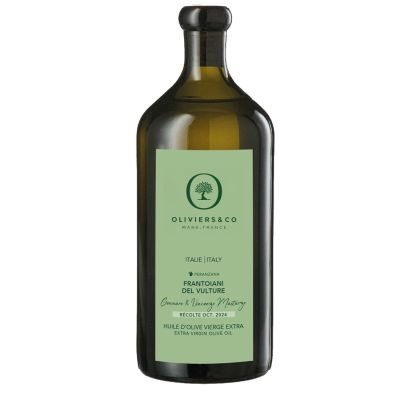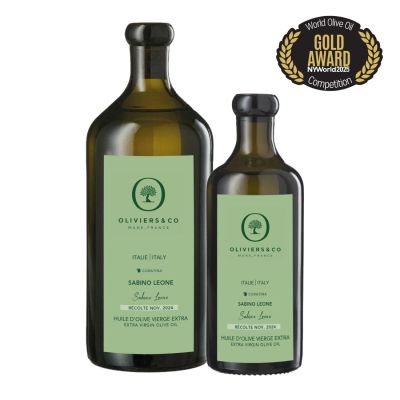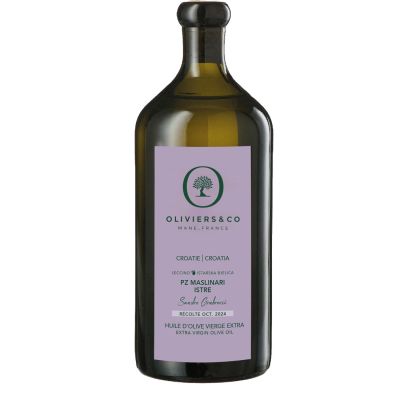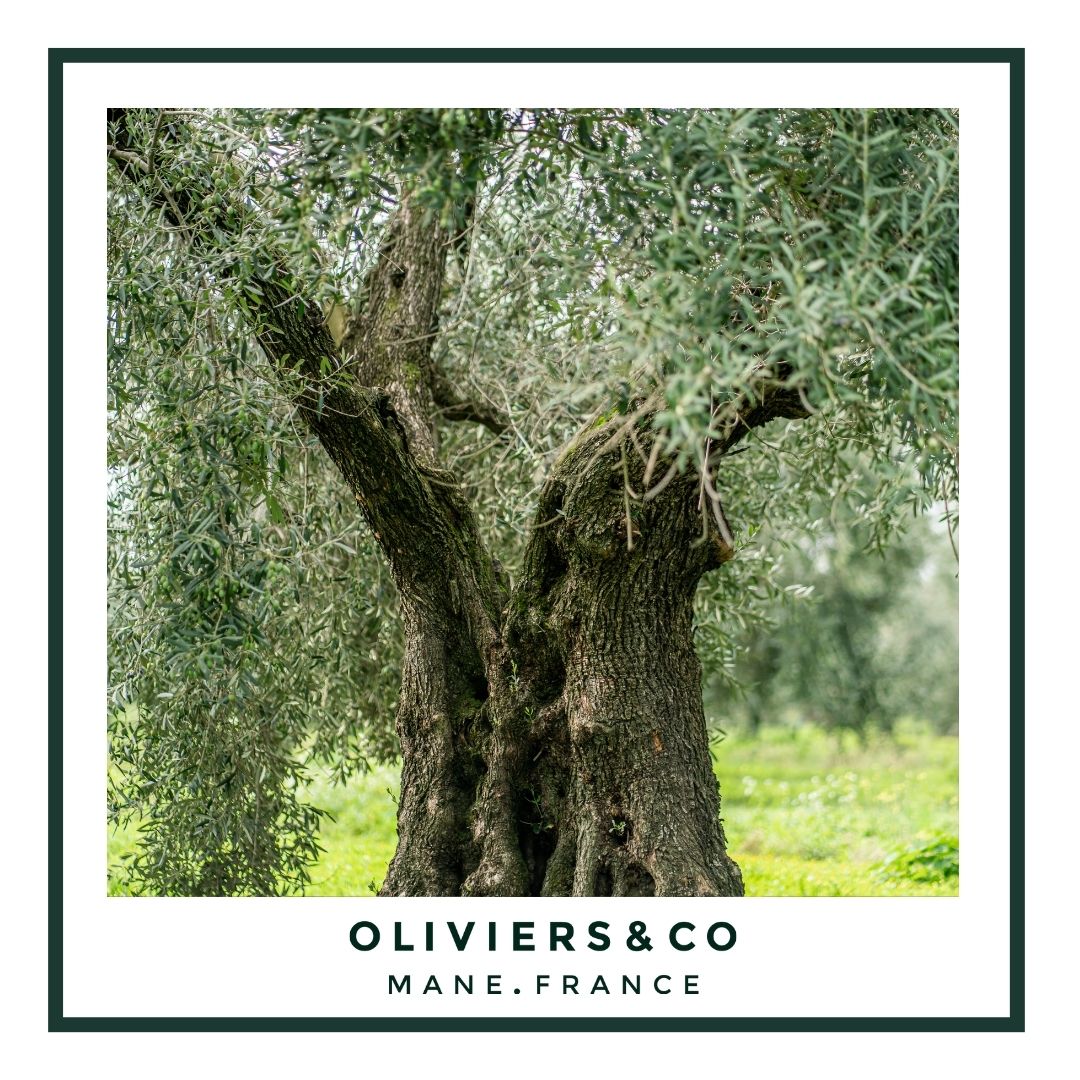

Did you know that olive oil is the result of a complex ecosystem, blending agricultural traditions, climate, terroir, and the ripeness of the fruit? From the type of olive grove to the nature of the soil, every detail matters. Here’s an overview to help you better understand what lies behind a great olive oil.
The different types of olive groves
An olive grove is much more than just a field of olive trees: it is a cultivation method, an agricultural philosophy, and a strategic choice that directly influence the quality and quantity of the oil produced.
Traditional artisanal olive grove (70 to 150 trees/ha):
This form of olive growing represents 80% of cultivated areas and 60% of global production. Environmentally friendly, it promotes natural biodiversity and uses little to no chemical inputs. Often grown on terraced land (stone walls), with very old trees — sometimes thousands of years old. These conditions make harvesting more complex, but they produce oils of exceptional quality, born from a unique terroir.


Low-density olive grove (200 to 400 trees/ha):
This model also respects the environment while ensuring better resource management. The trees have more space, which improves air circulation and limits disease. Water and nutrient use is optimized. PDO (Protected Designation of Origin) oils often come from this type of cultivation, ensuring both traceability and high flavor quality.


Hedgerow olive grove (800 to 2,000 trees/ha):
This model, known as “intensive” (from 800 trees/ha) or “super-intensive” (up to 2,000 trees/ha), is the most recent. It offers optimized yields thanks to irrigation and dense planting. Harvesting and pruning are mechanized (using grape harvesters), which significantly reduces costs. While less respectful of biodiversity, this type of olive grove is increasingly used as it allows the production of good-quality olive oil at a more competitive cost, making the product more accessible on the market.
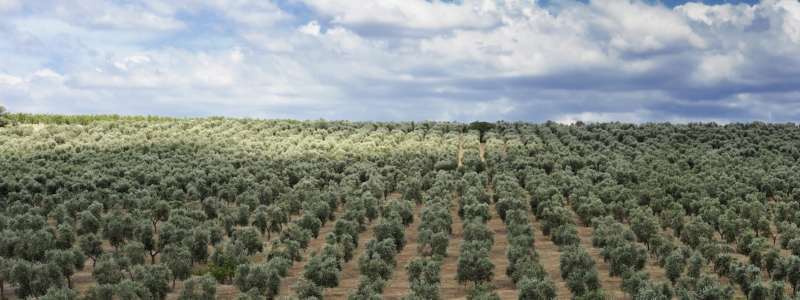

Olive maturity: a key factor
Each olive, depending on its stage of ripeness, develops different aromas and oil content. Here are the main stages of this natural cycle:
Flowering:
A crucial moment that begins in late May, flowering results in fruit in only 7 to 10% of cases. Unlike other fruit trees, the olive tree is pollinated by the wind, not bees. The wind must be strong enough to carry the pollen, but not too strong to avoid knocking the flowers off.
Fruit set:
This is the formation of the fruit after flowering. Climate plays a central role: too much heat dries out the flowers, while too much humidity reduces yields. Next comes the growth phase, during which the olive fills with water and then oil. It then enters a summer dormancy to continue developing without stress.
La véraison :
This is when the color changes: from green to purple, and sometimes to black. The same tree may display all these colors at once. At this stage, table olives are harvested.
Full maturity:
If the producer lets the olives ripen fully, they all turn black. Their oil content is then higher:
• Green olive: 8 to 10 kg are needed to produce 1 L of oil — intense, grassy, peppery aromas.
• Black olive: only 5 kg for 1 L — better yield, but a milder and less complex flavor profile.
The role of climate and soil in olive oil quality
As with wine, terroir plays a vital role in the quality of olives and their oil.
Soil composition:
Olive trees thrive in well-drained soils, sandy, rocky, or calcareous. Excess moisture harms their roots and promotes disease. Clay-limestone soils are particularly well-suited.
Sun exposure:
Essential for proper fruit ripening. Abundant sunlight helps develop rich, concentrated aromas in the olives.
Irrigation :
While olive trees are drought-resistant, water remains a key factor in fruit quality. Excess water can harm olive quality and encourage disease. Some producers use fertigation (fertilizing irrigation) to optimize growth.
Climate :
The Mediterranean climate is ideal: mild winters and hot summers. Early frosts or excessive humidity can jeopardize the harvest. Photosynthesis, which enables the tree to produce the sugars needed for its fruit, also depends on climate. If the olive tree loses too many leaves (due to stress or disease), yields will drop.
Altitude :
Some olive trees grow up to 450 meters above sea level. The alternation between cool nights and warm days encourages better spring production. Winter cold is also beneficial: it puts the tree into dormancy and prevents premature flowering. In regions like Morocco or Greece, winters that are too mild can prevent this rest period, reducing the following spring’s yield.
In summary…
The olive oil we consume is the result of a delicate balance between nature and human expertise. From the choice of olive grove to the ripeness of the fruit, and from climate to soil quality, every factor influences its aromas and quality. Next time you buy olive oil, take a moment to ask yourself: Where does this oil come from? What’s its story? Behind every bottle, there’s a terroir, a producer, and a tree that may be several hundred years old.

